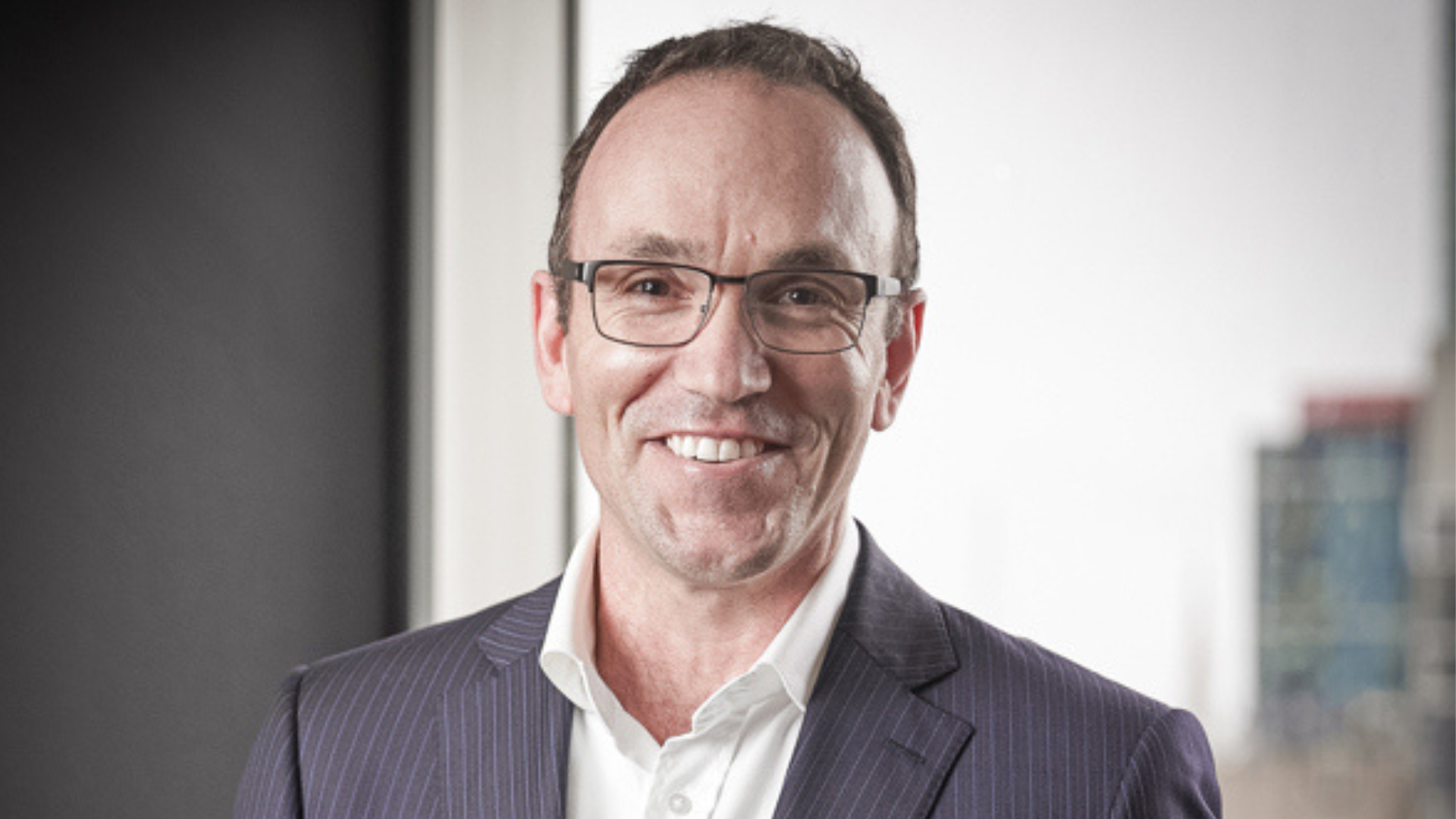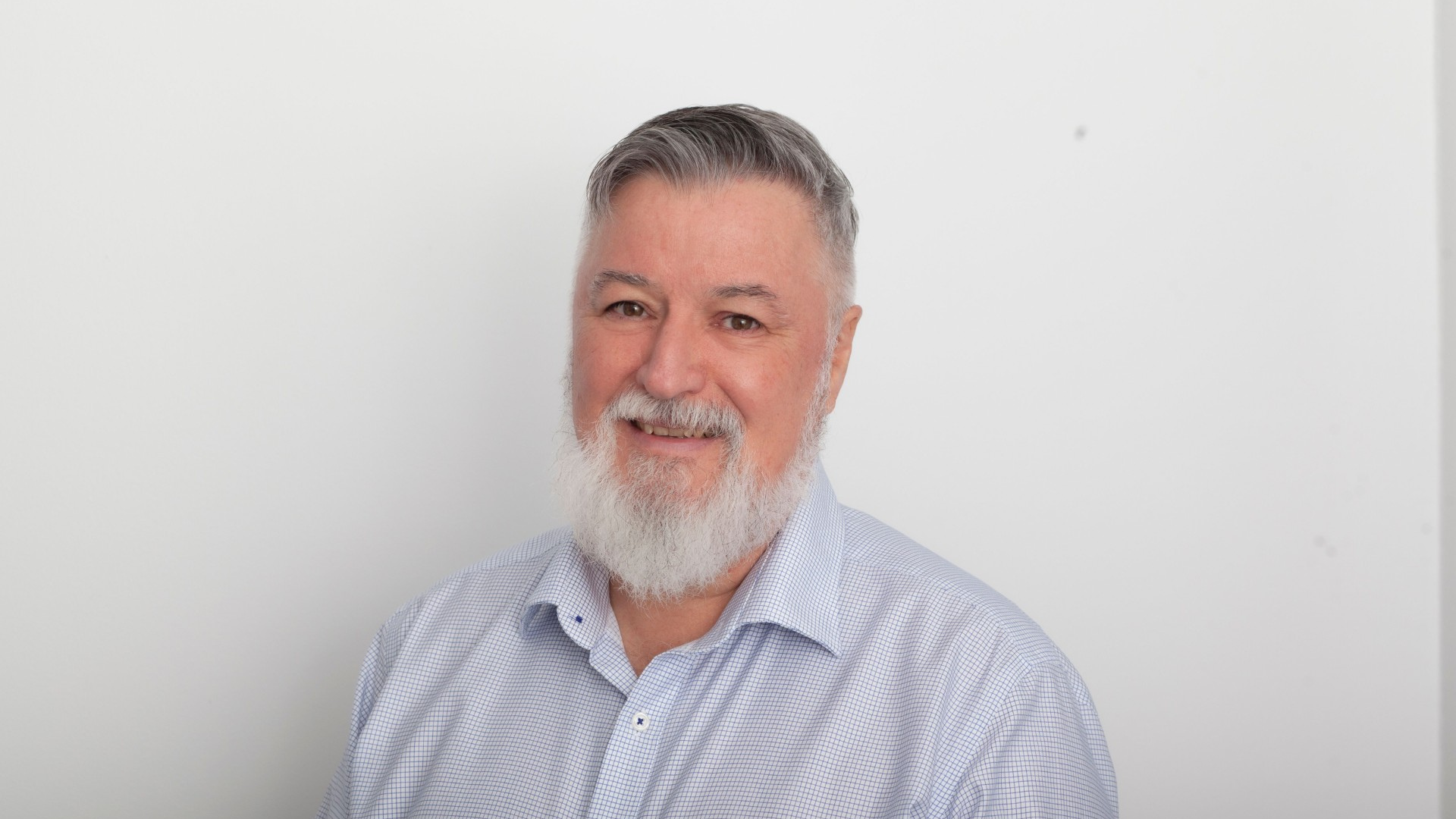-
Sort By
-
Newest
-
Newest
-
Oldest
Katherine Allchin, one of the founders of the $20 billion quant shop Vinva Investment Management, has picked up a second non-executive director (NED) role – at property fund management specialist Fortius Funds Management. Jobs for women on boards are very competitive, too, she says. Allchin, a long-standing marketer at the former Barclays Global Investors, who…
The funds management industry is well versed in the benefits of investment diversity, which was first proven way back in the 1950s with the establishment of Modern Portfolio Theory. Why then have we not embraced gender diversity? In a 20-page white paper entitled: “Gender Diversity – The Real Reason We Are still Talking About It”,…
Morningstar’s annual outlook for the Australian share market is benign in the short term but conditions in the second half of next year could turn nasty. Investors are advised to de-risk their portfolios. The report, written by Peter Warnes, head of Australian equities research, as well as David Ellis, senior equity analyst, and Adam Fleck,…
The New Plymouth Council (NPC) has found a home for approximately NZ$270 million (A$255 million) previously controlled in-house by subsidiary Taranaki Investment Management. Australian contenders are Cambridge, which is the front runner, Mercer and Russell Investments. In a decision confirmed at a Council meeting last week, the TIML mandate was awarded to one of them,…
Eaton Vance Management has recruited Clifton Bowie (Bo) Hunt to join the international arm of the firm as a v.p and global high-yield analyst, reporting to Jeffrey Mueller, v.p. and high-yield portfolio manager. High-yield strategies have become increasingly popular in the low-yield environment for both traditional fixed income portfolios and defensive equities portfolios. Investors have…
Link Group, the diversified Australian super fund administrator, has completed the largest-ever migration of super fund members in Australia’s admin history, with about two million members of AustralianSuper on the Link ‘aaspire’ platform as of last week. The transition, which was made ahead of schedule and within budget, Link says, is the company’s ninth fund…
by Greg Bright IOOF, a 160-year old diverse financial firm built up in recent years largely through takeovers, has had its ups and downs. An increasingly mooted potential merger with 120-year-old Perpetual Trustees, which has had a more conservative growth trajectory, makes a lot of sense. But first, to that ‘scandal’. Dominic McCormick, a researcher…
Astarte Capital Partners, a London-based alternatives firm, has come up with an innovative platform structure, with no management fees, which is offering a tight range of private equity opportunities backed by niche real assets strategies. Founder Stavros Siokos, who was visiting Australia last week as part of a US$200 million capital raising, says that he…
Pzena Investment Management out of New York, a US, global and emerging markets house, can’t see anything much of value in Australia right now. But globally the spread between the cheapest and most expensive stocks is very wide, providing opportunities. Pzena is a rare breed these days – a ‘deep’ value manager which looks to…
Research and experience by Parametric, the US implementation manager, has thrown up a five-point checklist for emerging markets investors, blending the benefits of active and passive styles. Some active protection strategies, such as currency hedging, are just not worth chasing. According to Raewyn Williams, Parametric Australia’s managing director, research, super funds need to keep the…
The sell-off in many emerging markets after the US election is starting to correct as the protectionist rhetoric of president-elect Donald Trump softens. According to big US manager Brandywine Global Investment Management, there is unlikely to be a crisis because of Trump. Brandywine, a Legg Mason affiliate manager, has studied the ‘Trump effect’ from a…
BT Financial Group has picked up the award for Best Use of IT in Private Banking or Wealth Management at the international Banking Technology Awards in London for its Panorama client platform. “It’s always great to get external recognition,” John Shuttleworth, BTFG’s general manager of platforms and investments, said last week. “Panorama is a significant…




